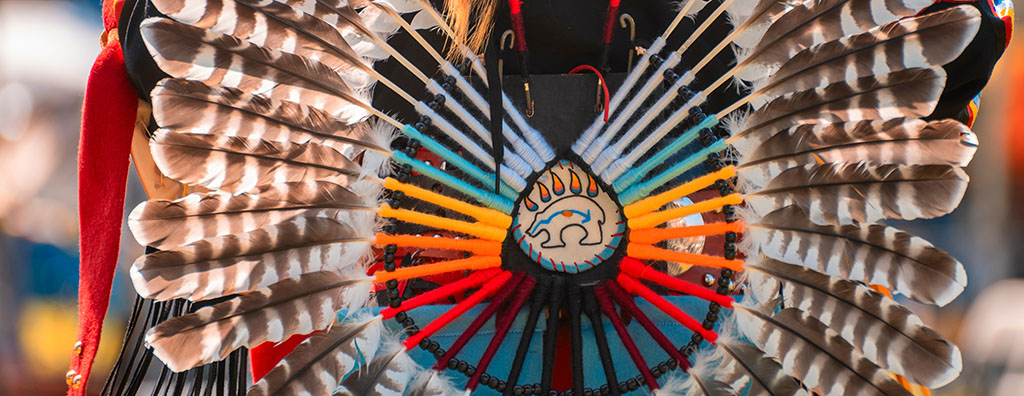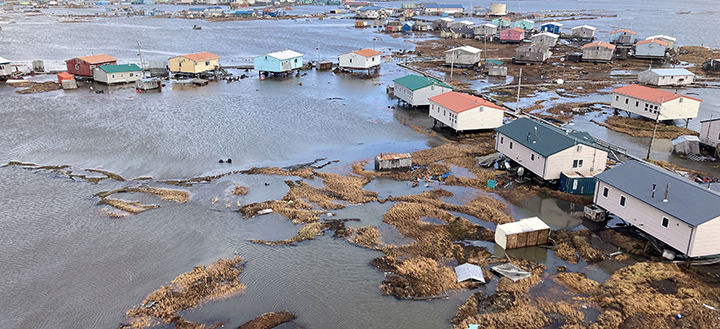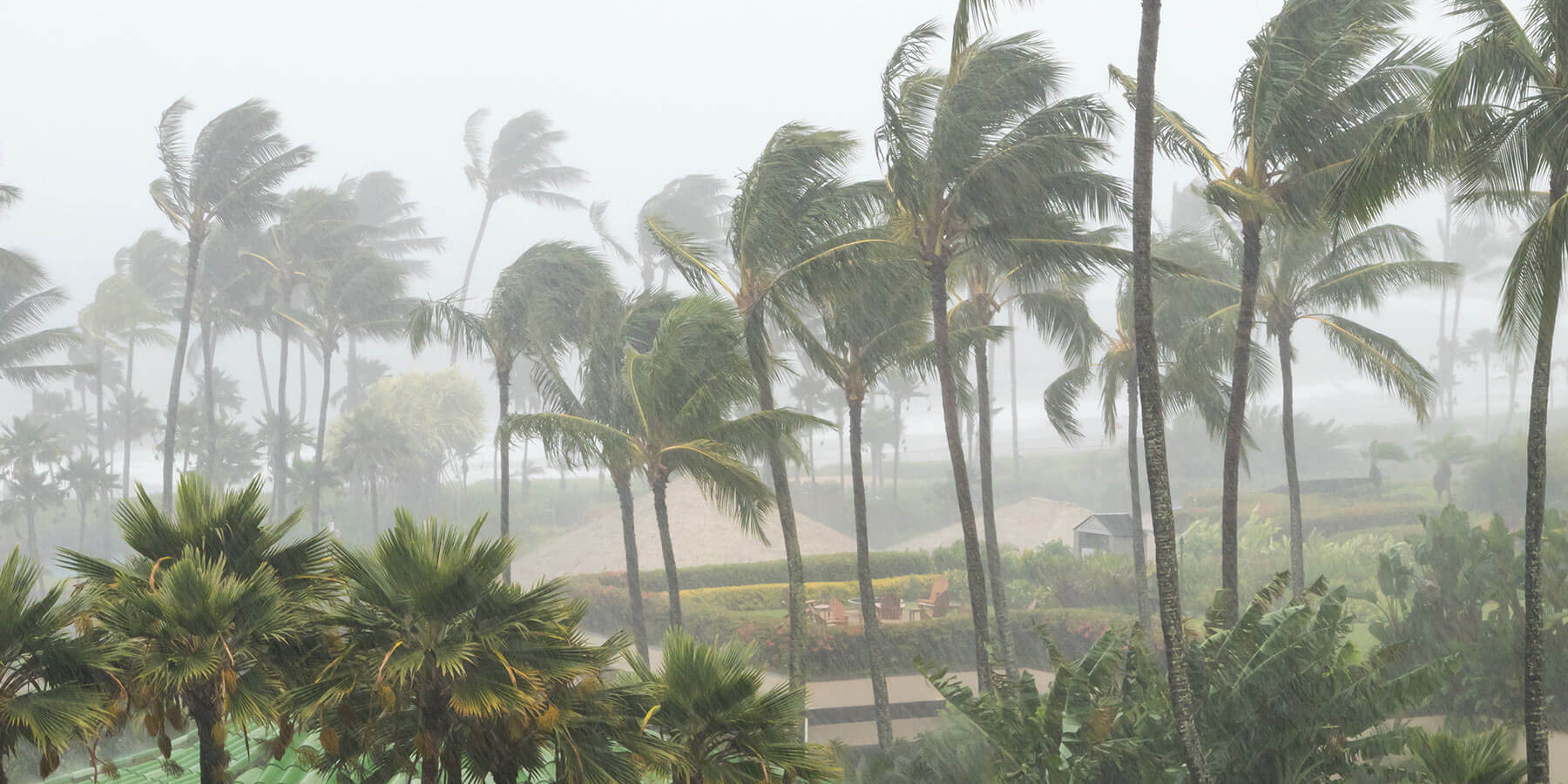Each November, we recognize Native American Heritage Month, a time dedicated to celebrating the rich histories, diverse cultures, and significant contributions of Native American communities.
Communities and organizations across the nation observe this month through cultural events, educational programs, art exhibitions, and discussions that honor Native traditions and promote greater understanding of their heritage. This month is a meaningful opportunity to acknowledge the enduring impact Native Americans have had on the United States and to learn more about their heritage and present-day contributions.
“Tribal Nations and Native peoples continue to shape and enrich American society today. These communities contribute profoundly through art, cuisine, scientific achievements, and—core to the work we do in emergency management—the preservation of traditional knowledge, which offers valuable insights into sustainable living and land stewardship,” said Kymmie Scott, CEM, Tidal Basin’s Project Manager and Tribal Relations Specialist, Resilience, Mitigation, Policy. “While it is essential to acknowledge the atrocities and injustices Native Americans have endured, this history stands as a testament to their continued strength and resilience.”
The History of Native American Heritage Month
The origins of Native American Heritage Month date back to the early 20th century when Dr. Arthur C. Parker, a Seneca Indian, advocated for a day to recognize the contributions of Native Americans. In 1915, the Congress of the American Indian Association formally approved a plan to celebrate American Indian Day. This effort gained momentum over the decades, leading to President George H.W. Bush declaring November 1990 as National American Indian Heritage Month. Since then, it has become an annual observance, recognizing the history and culture of Native American peoples and highlighting their invaluable influence on the nation’s development.
As of January 8, 2024, there are 574 federally recognized tribes in the United States, plus state-recognized tribes and non-recognized tribes. These are not cultures of the past but cultures that are alive and thriving today.
Significance of Native American Heritage Month
This observance is vital for raising awareness of the historical and ongoing challenges Native American communities face, as well as celebrating their resilience, innovations, and cultural richness. It’s a time for reflection, education, and appreciation of Indigenous peoples’ unique contributions to society, ranging from governance practices that influenced American democracy to sophisticated agricultural and engineering techniques that predated modern technology.
Several Notable Native Tribes and Their Achievements Include:
- Navajo Nation (Dine’)
- Geographical Area: The Navajo Nation primarily spans parts of Arizona, New Mexico, and Utah.
- Historic Achievements: The Navajo people are known for their ingenuity, particularly their use of advanced agricultural techniques and sustainable practices that allow them to thrive in arid environments. During World War II, Navajo Code Talkers played a pivotal role in secure military communications, contributing to the Allied victory.
- Current Notables: Today, the Navajo Nation has influential leaders and artists, such as Deb Haaland, the first Native American U.S. Secretary of the Interior, who continues to advocate for Indigenous rights and environmental stewardship.
- Cherokee Nation
- Geographical Area: The Cherokee originally inhabited areas in the southeastern United States, including present-day Georgia, North Carolina, South Carolina, Tennessee, and Alabama. Today, many members of the Cherokee Nation live in northeastern Oklahoma, where their tribal government operates, and the capital is in Tahlequah.
- Historic Achievements: The Cherokee developed one of the most sophisticated written languages among Native American tribes, created by Sequoyah in the early 19th century. This linguistic achievement enabled the publication of the Cherokee Phoenix, the first Native American newspaper.
- Current Notables: Wilma Mankiller, the first female Principal Chief of the Cherokee Nation, left a legacy of community-driven progress and remains an inspiring figure in Native American leadership and women’s rights.
- Hopi Tribe
- Geographical Area: The Hopi primarily reside in northeastern Arizona.
- Historic Achievements: The Hopi people are renowned for their exceptional art and craftsmanship, particularly their intricate kachina dolls and pottery. Their agricultural innovation, including the development of drought-resistant crops, has influenced sustainable farming practices.
- Current Notables: Today, Hopi artists like Dan Namingha continue to celebrate their heritage through contemporary art, bridging traditional and modern forms to tell the story of their people.
- Lakota Sioux
- Geographical Area: The Lakota traditionally inhabited the northern Plains, including present-day North Dakota, South Dakota, and parts of Minnesota and Nebraska. Today, most members of the Lakota Sioux live in reservations in South Dakota, such as the Pine Ridge Reservation, Rosebud Indian Reservation, and Standing Rock Indian Reservation. There are also Lakota communities in North Dakota, Nebraska, and Montana.
- Historic Achievements: The Lakota have been recognized for their leadership and warrior traditions. They hold a profound cultural significance through their oral histories, ceremonies, and art, particularly the iconic ledger art created by Lakota artists during the 19th century.
- Current Notables: Modern Lakota leaders such as activist and musician Leonard Peltier have contributed to civil rights discussions and awareness of Native American issues on an international scale.
“During Native American Heritage Month, I encourage all Americans to take time, preferably through conversations with local Native community members, to learn about the Native land they inhabit and to appreciate the culture, heritage, and ongoing contributions of the Indigenous people who have stewarded these lands for generations,” said Scott.



